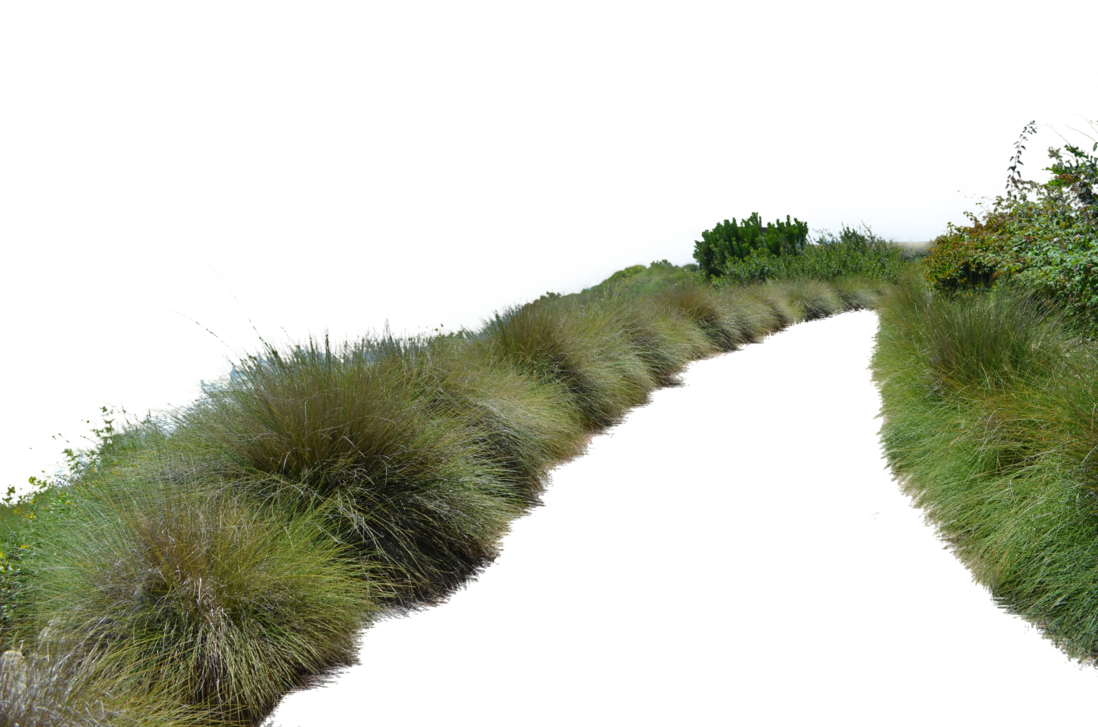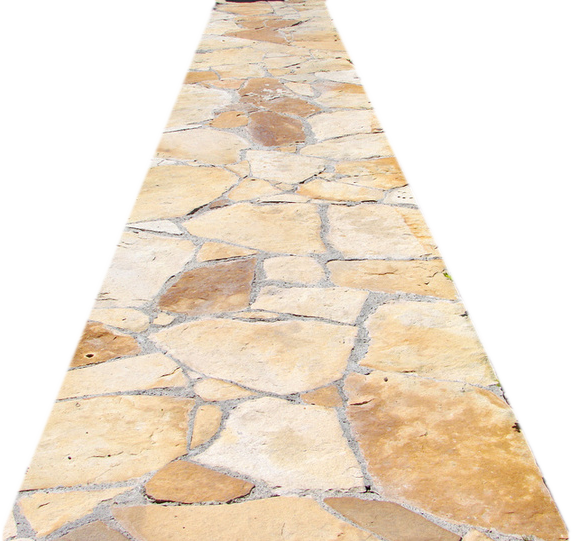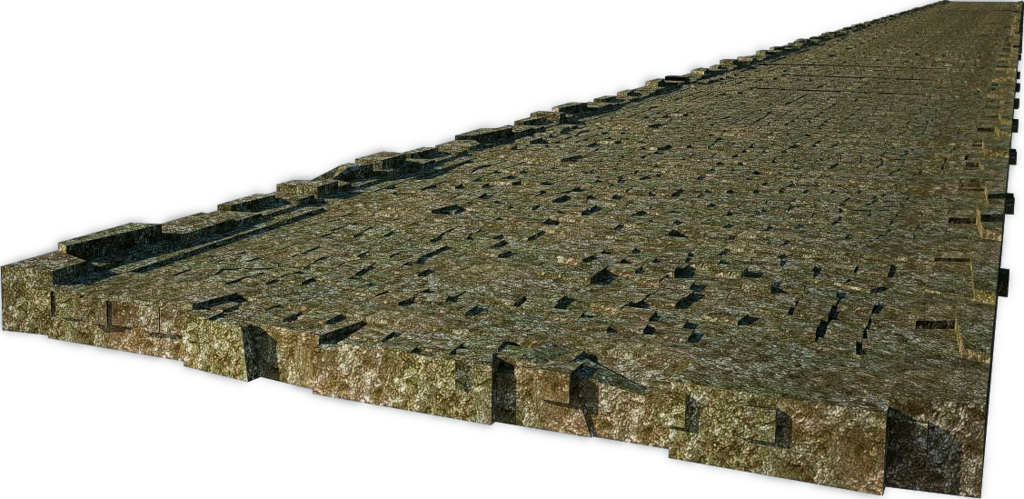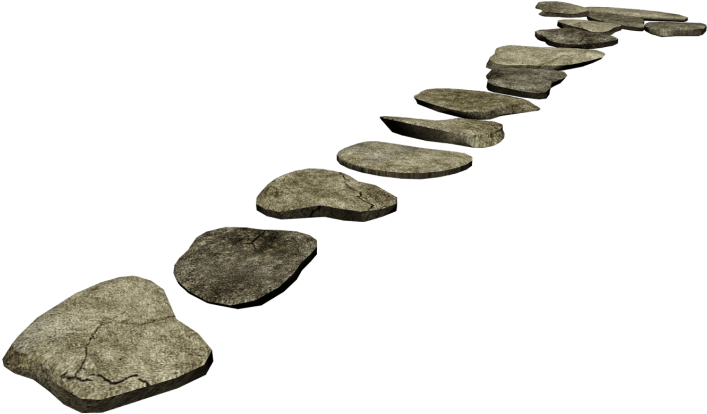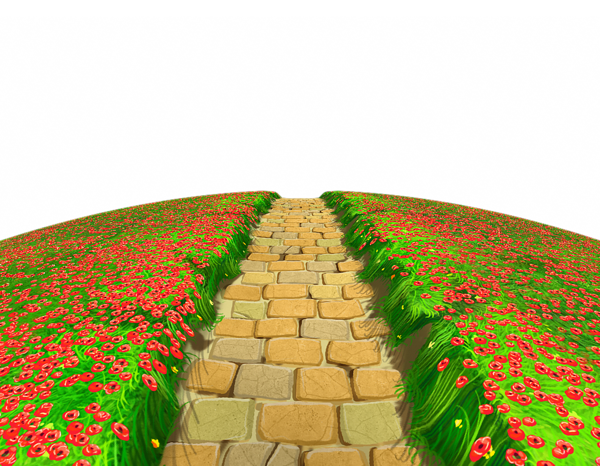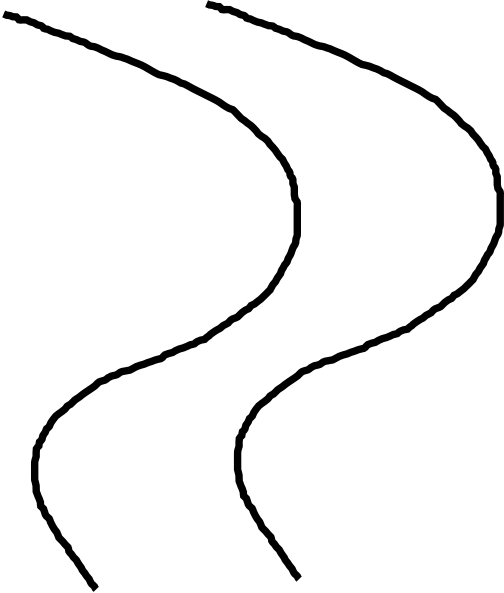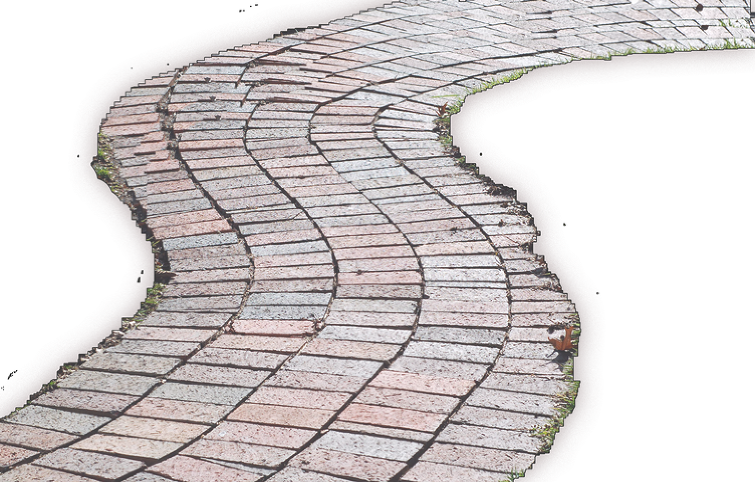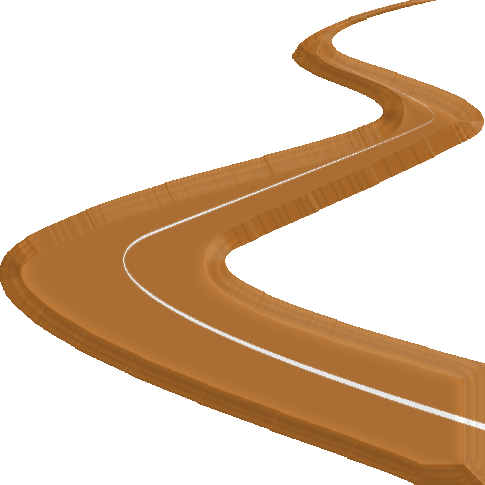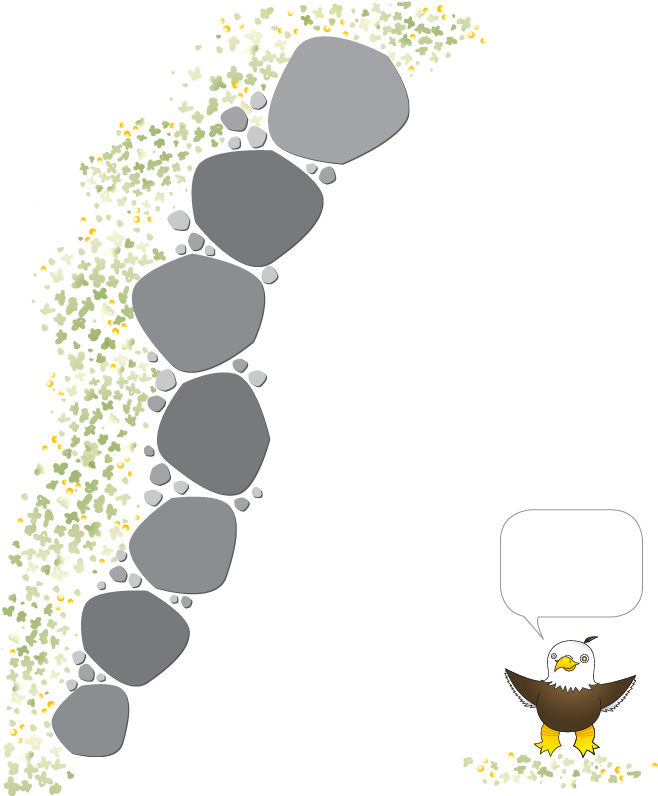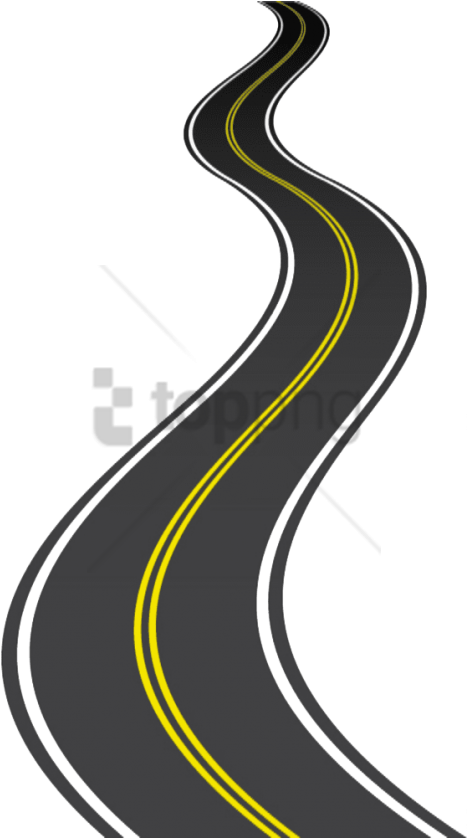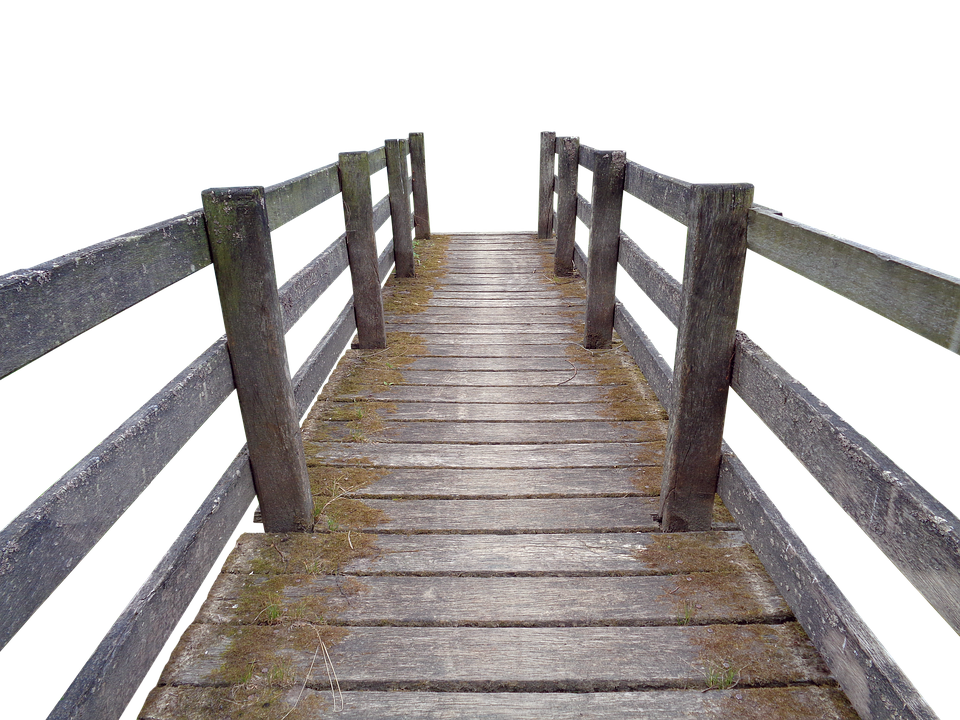Download top and best high-quality free Pathway PNG Transparent Images backgrounds available in various sizes. To view the full PNG size resolution click on any of the below image thumbnail.
License Info: Creative Commons 4.0 BY-NC
A route, track, or unpaved lane or road constitutes a trail. Path or footpath is the usual name for a walking track in the United Kingdom and the Republic of Ireland. In North America, the phrase is also used to describe river pathways and, on occasion, motorways. The phrase was originally used in the United States to describe a passage into or across untamed land utilized by immigrants (e.g. the Oregon Trail). “Trace” is a synonym for “trail” in the United States, as in the Natchez Trace.
Some trails are single-use, allowing just walking, cycling, horseback riding, snowshoeing, and cross-country skiing; others, such as a bridleway in the United Kingdom, are multi-use, allowing pedestrians, cyclists, and equestrians to use them. Unpaved paths are also used by dirt bikes and other off-road vehicles, and trails are used to transport cattle and other livestock in some areas, such as the Alps.
The first trails were established by animals, which were “eventually adopted by humans.” Farmers brought cattle to market along drove roads and created trails between winter and summer grazing. Former industrial roads, such as railway right-of-ways and canal towpaths, have lately been converted into recreational trails.
Many historic roads, such as the Silk Road, Amber Road, and Persian Empire’s Royal Road, existed before the Christian period and traversed vast distances.
The Post Track, an ancient causeway in the valley of the River Brue in the Somerset Levels, England, dates from approximately 3838 BC and is one of the oldest known manmade trackways.
The notion of walking a route or track for fitness or enjoyment evolved in Europe during the 18th century as a result of the Romantic movement’s shift in attitudes about landscape and nature. Walking used to be considered a sign of poverty and was related with vagrancy.:83, 297 Long treks were conducted as part of religious pilgrimages in earlier centuries, and this practice continues today all across the world.
Trail segregation, or designating separate paths for a certain preferred or exclusive usage, is becoming more widespread and diversified. Bike trails, for example, are utilized not just on public roads but also in trail systems available to other trail users. Some paths are designated for equestrians and mountain bikes, while others are only for equestrians or mountain bikes. Non-wheeled usage routes in designated “wilderness areas” may be divided, allowing hiking and horses but not mountain bikers or motorized vehicles.
Trail segregation for a certain use is sometimes followed by limitations on that usage on other trails in the system. Signage, markers, trail design and construction (particularly tread material selection), and spacing between parallel treads can all help to separate trails. Distance, ditching, banks, grading, and vegetation are examples of “natural” barriers, whereas fence, curbs, and walls are examples of “artificial” obstacles.
Download Pathway PNG images transparent gallery
- Pathway PNG Image HD
Resolution: 1098 × 727
Size: 815 KB
Image Format: .png
Download
- Pathway PNG Image
Resolution: 1098 × 1225
Size: 61 KB
Image Format: .png
Download
- Pathway PNG Images HD
Resolution: 966 × 1024
Size: 90 KB
Image Format: .png
Download
- Pathway PNG Images
Resolution: 512 × 512
Size: 25 KB
Image Format: .png
Download
- Pathway PNG Photo
Resolution: 572 × 541
Size: 479 KB
Image Format: .png
Download
- Pathway PNG Photos
Resolution: 1024 × 499
Size: 850 KB
Image Format: .png
Download
- Pathway PNG Pic
Resolution: 707 × 414
Size: 136 KB
Image Format: .png
Download
- Pathway PNG Picture
Resolution: 600 × 466
Size: 454 KB
Image Format: .png
Download
- Pathway PNG
Resolution: 790 × 623
Size: 191 KB
Image Format: .png
Download
- Pathway Transparent
Resolution: 504 × 593
Size: 21 KB
Image Format: .png
Download
- Pathway
Resolution: 755 × 482
Size: 807 KB
Image Format: .png
Download
- Pathway Background PNG
Resolution: 485 × 485
Size: 32 KB
Image Format: .png
Download
- Pathway No Background
Resolution: 1200 × 1200
Size: 25 KB
Image Format: .png
Download
- Pathway PNG Background
Resolution: 643 × 964
Size: 571 KB
Image Format: .png
Download
- Pathway PNG Clipart
Resolution: 980 × 822
Size: 15 KB
Image Format: .png
Download
- Pathway PNG Cutout
Resolution: 731 × 284
Size: 9 KB
Image Format: .png
Download
- Pathway PNG File
Resolution: 658 × 796
Size: 119 KB
Image Format: .png
Download
- Pathway PNG Free Image
Resolution: 467 × 838
Size: 167 KB
Image Format: .png
Download
- Pathway PNG HD Image
Resolution: 960 × 720
Size: 1051 KB
Image Format: .png
Download
- Pathway PNG Image File
Resolution: 1051 × 581
Size: 40 KB
Image Format: .png
Download
